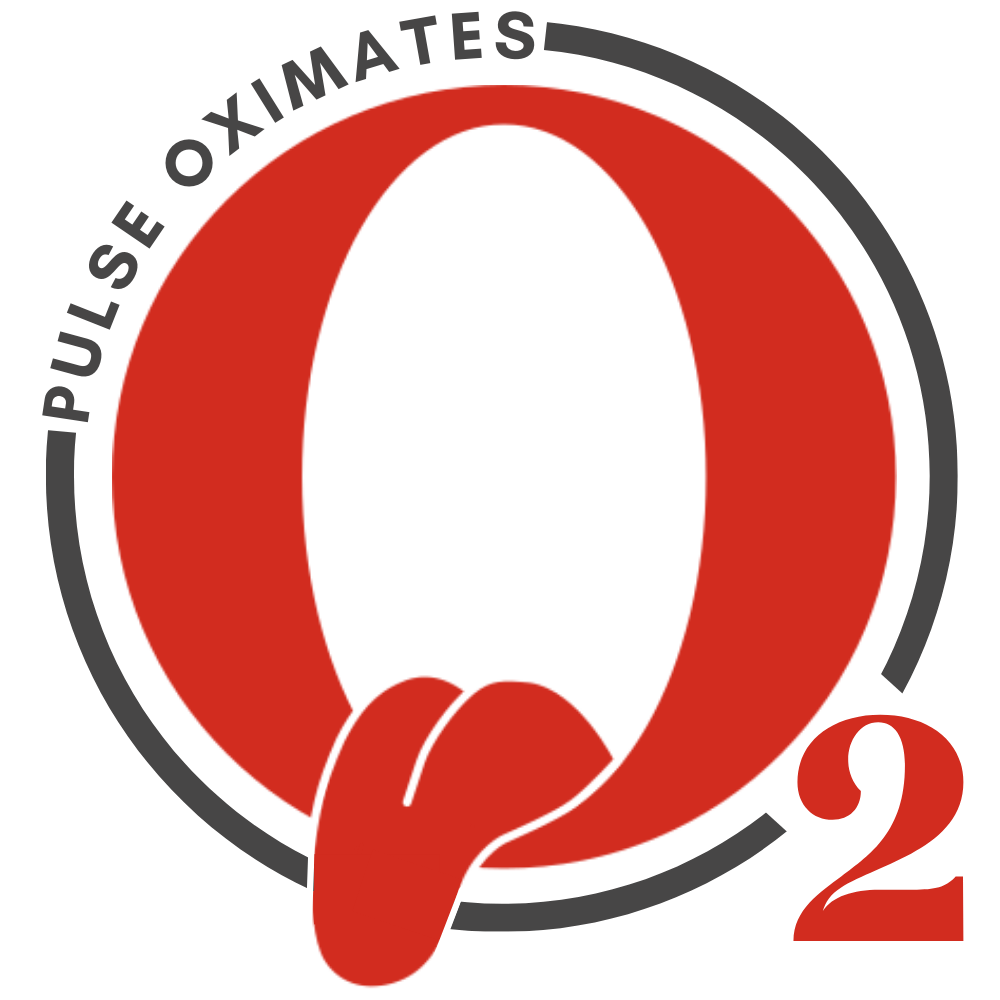

Meet the Team
We are a team of four Biomedical Engineering students from Georgia Tech
Hirschel Nambiar
Marshall Nambiar
Giuliane Fuzetto Paschoal
Allie Barone
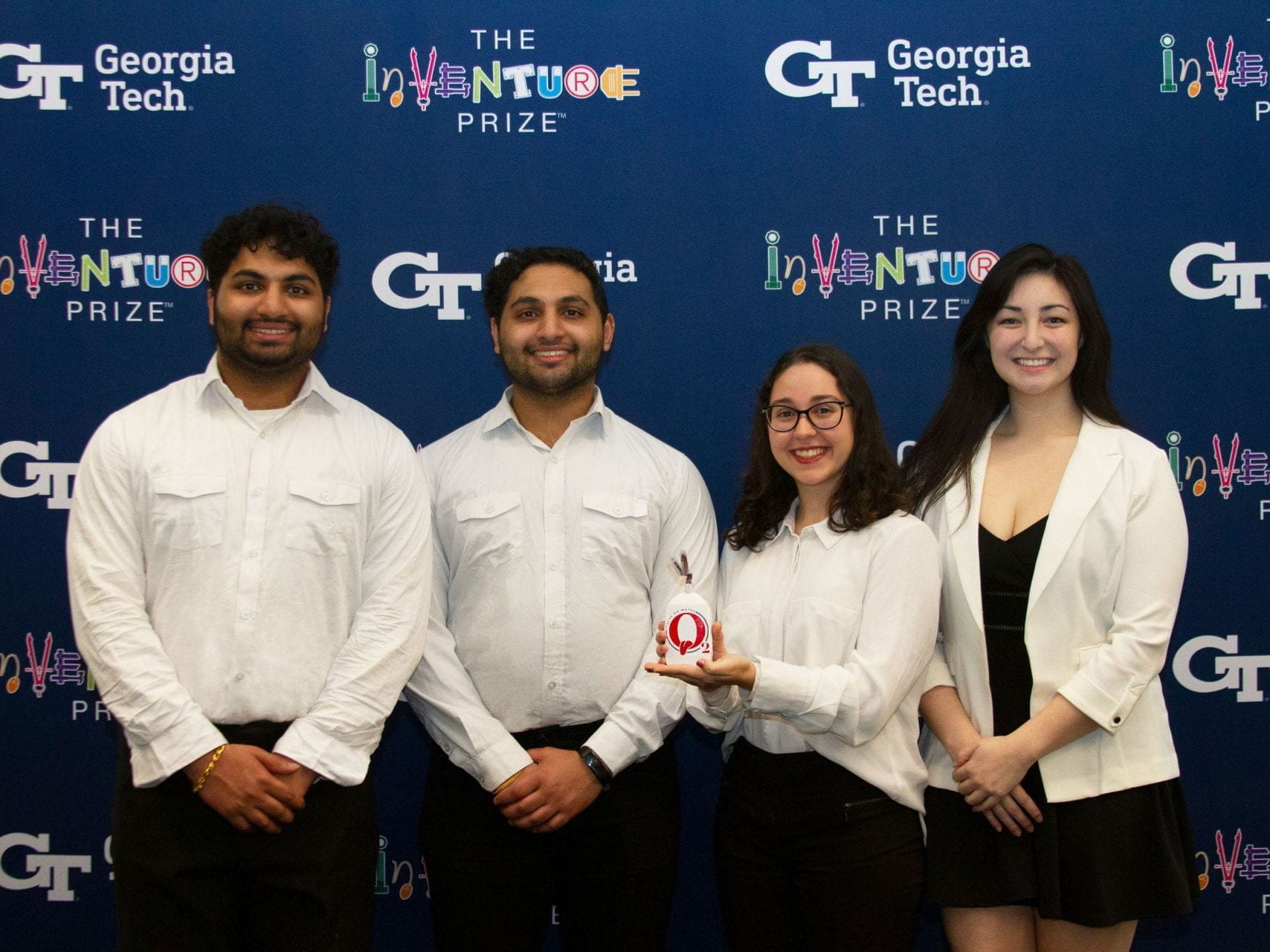




Pulse Oxi-Mates Sublingual Pulse Oximeter
A sublingual pulse oximeter for more accurate measurements of oxygen saturation in patients of all skin tones, to address the racial health disparity caused by the failures of current pulse oximeter devices
Currently Patent Pending!
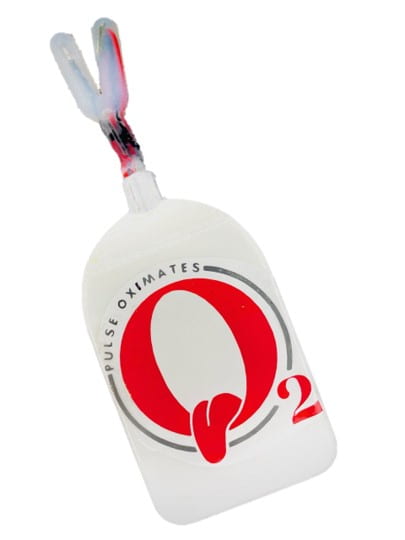
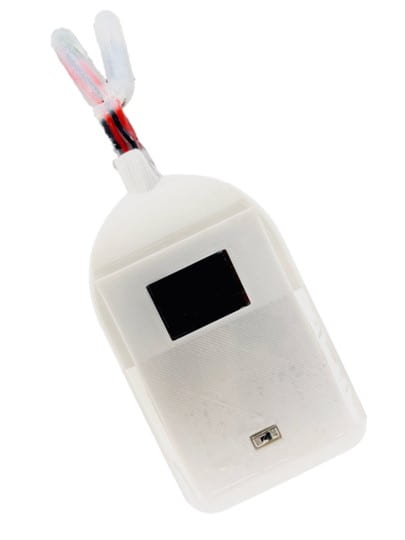
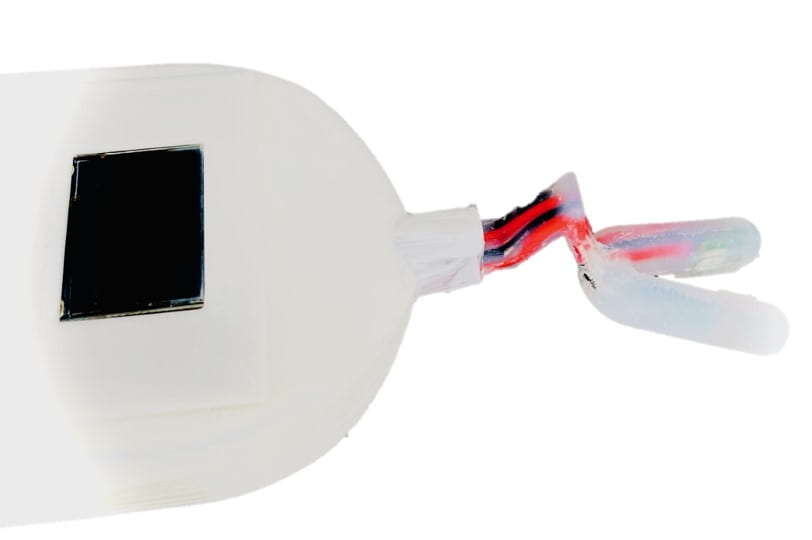

What’s Wrong with Pulse Oximeters?
Pulse Oximeters are handy devices, typically clipped on patients’ fingers, that use light to measure a patient’s blood oxygen saturation percentage. This number tells clinicians what percent of blood is carrying oxygen versus not, which helps to determine the functionality of a patient’s respiratory system and helps clinicians make care decisions.
During the worst times of the COVID-19 pandemic, these devices were one of the only diagnostic tools that could help clinicians determine who desperately needed treatment in already overwhelmed hospitals, and who didn’t.
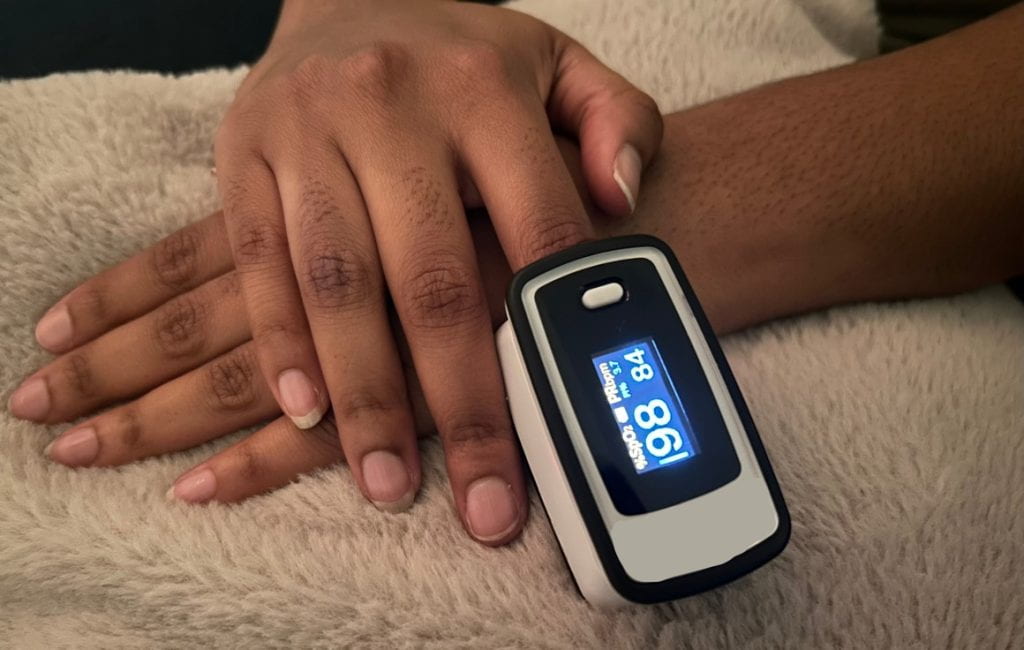
However, the pulse oximeter has been proven to read a healthy oxygen saturation in patients with darker skin tone who in reality have dangerously low oxygen saturations. The presence of melanin in darker skin tones affects the pulse oximeter’s ability to measure oxygen saturation, causing a falsely inflated reading. These inflated oxygen saturation readings make sick patients appear perfectly healthy.
More than 1 in 7 people of color experience these incorrect readings, which is three times as often as in patients with fair skin. The false readings are dangerous; any patient with an incorrect pulse oximeter reading has a 70% higher chance of in-hospital death than patients with correct readings.
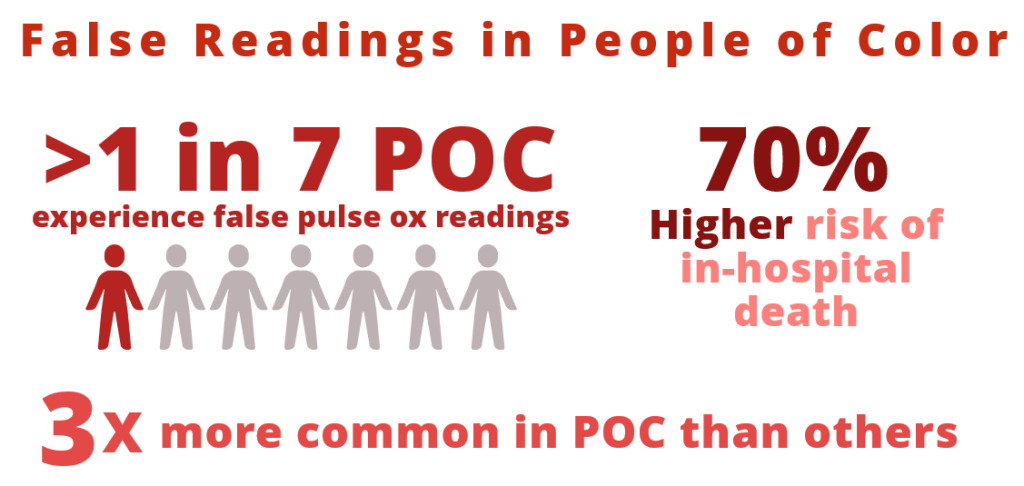
The highly increased risk of in-hospital death due to incorrect pulse oximeter readings is severe enough to be considered an immediate threat to patients’ health and well-being. However, these numbers don’t even account for those that have been falsely deemed ineligible for treatment, wrongly dismissed from care, and denied lifesaving treatments because of false pulse oximeter readings. The total number of lives needlessly taken because of these inaccurate readings is likely far beyond what we have been able to see in-hospital alone.
This engineering failure is severely disparaging people of color around the globe, affecting the care and treatment of populations that already suffer numerous disparities in healthcare and already are at increased risk during pandemics such as COVID.

Go Sublingual to Save Lives!

Our re-designed pulse oximeter reads oxygen saturation under your tongue; from the same region you use an oral thermometer. The sublingual region is highly vascular, always core temperature, and free of melanin!
Reading oxygen saturation sublingually corrects not only for skin tone, but also for other factors that cause incorrect readings, such as: cold hands, nail polish, and poor circulation, making it more accurate for all people, no matter their skin tone!
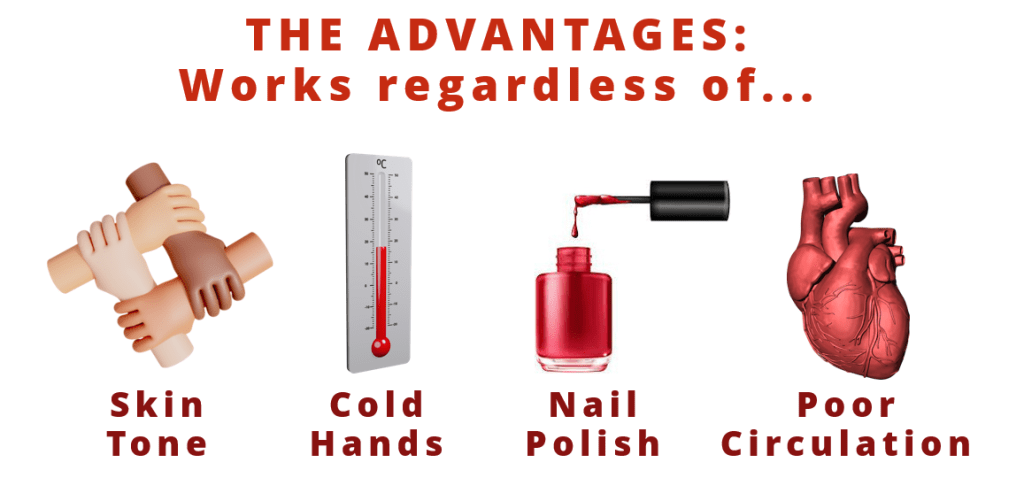

Pulse Oxi-Mates Compete!

We are very proud to have represented Georgia Tech at the 2023 ACC InVenture Prize!

The 7th Annual ACC InVenture Prize was held in the television studios of WFSU (a PBS affiliate) at Florida State University in Tallahassee, FL.
The Final Round was broadcast LIVE March 30, 2023 on Public Broadcasting and online!
Thank you to everyone that encouraged and supported us, and everyone that voted for our team!

We are proud to have been chosen as Semi-Finalists for the Rice360 Institute for Global Health Technologies 13th Annual Global Health Technologies Design Competition!
The 2023 Competition will be hosted on April 21, 2023, on the Rice University Campus in Houston, Texas!

